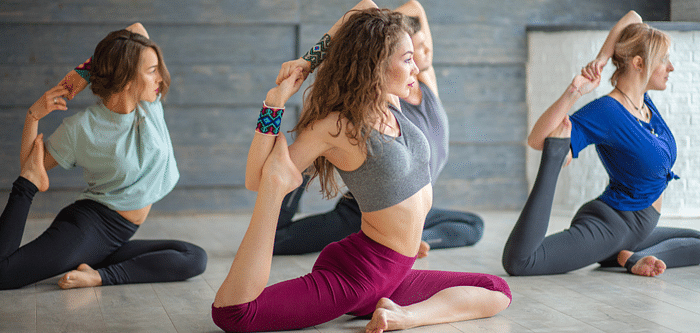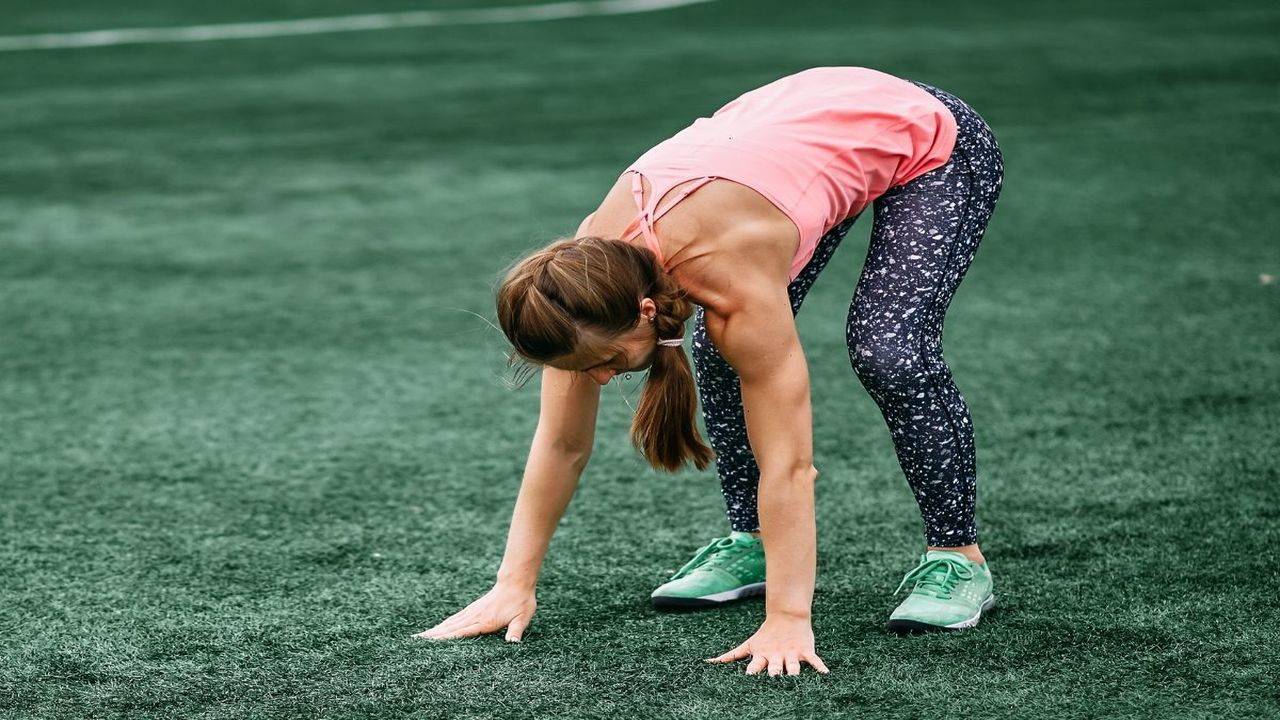If you’ve ever walked into a gym and felt overwhelmed, you’re not alone. Machines everywhere, people deadlifting massive plates, cables flying, benches taken — it’s enough to make you think, Do I really need to do all this to get stronger?
Here’s the truth: you don’t. In fact, a lot of exercises you see people doing, especially the showy ones, can do more harm than good when you’re just starting out. Some moves look impressive but put too much stress on your joints, spine, or muscles if you haven’t built a good base yet.
So let’s make it simple — here are 10 exercises beginners should steer clear of while building muscle. I’ll break down why they’re risky, what could go wrong, and what to do instead so you still make gains safely.
1. Behind-the-Neck Lat Pulldown
Looks cool when advanced lifters do it, but pulling the bar behind your neck jams your shoulders into an unnatural position. Most beginners don’t have enough shoulder mobility to handle it, which means you’re just asking for a rotator cuff tweak.
Better option:
Do a standard lat pulldown to the front. Sit tall, pull the bar to your chest, squeeze your shoulder blades down and together. You’ll work your back muscles safely and still get that wide-back look.
2. Upright Rows
This move has a reputation for messing with shoulder joints, especially if you lift the bar high up under your chin. The movement forces your shoulders into internal rotation — the exact position that pinches sensitive tissues if you don’t have perfect form.
Better option:
Swap upright rows for lateral raises. With light dumbbells, lift your arms out to the side to shoulder height. You’ll build strong, capped shoulders without grinding your joints.
3. Smith Machine Squats
The Smith Machine locks you into a fixed path, which sounds helpful but actually forces your body into awkward angles. If your hips, knees, or ankles can’t move naturally, your lower back takes the hit. Not great for beginners still learning how to squat properly.
Better option:
Master bodyweight squats first. Once you feel confident, move on to goblet squats with a dumbbell. You’ll build real strength and balance.
4. Good Mornings
Good Mornings can be a solid hamstring and lower back move if you know exactly how to hinge at your hips. Most beginners don’t — they round their back and end up putting all the stress on their spine.
Better option:
Try Romanian deadlifts (RDLs) instead. Hold dumbbells or a barbell in front of your thighs, push your hips back, keep your back flat, and feel the stretch in your hamstrings. Much safer and easier to control.
5. Heavy Barbell Deadlifts From The Floor
Deadlifts are amazing — no question. But pulling heavy weight from the floor with bad form is a back injury waiting to happen. Most beginners round their back or yank the bar instead of lifting with their hips.
Better option:
Start with kettlebell deadlifts or rack pulls (where the bar starts at knee height). These build your hinge pattern safely. Once you nail your form, then progress to full deadlifts.
6. Kipping Pull-Ups
You’ll see these in CrossFit videos — people swinging their legs wildly to fling themselves over the bar. Sure, it looks fun, but beginners often lack the shoulder control and core strength to keep it safe. A sloppy kip means torn shoulders, strained elbows, or even a hard fall.
Better option:
Do slow, strict pull-ups or use resistance bands for assistance. You’ll build real strength instead of relying on momentum.
7. Barbell Behind-the-Neck Shoulder Press
Same problem as the behind-the-neck pulldown — this move cranks your shoulders into an awkward angle that most beginners can’t handle. It’s too easy to flare your elbows wrong and stress the small shoulder muscles.
Better option:
Press dumbbells overhead in front of you. Or try the standing dumbbell shoulder press. It’s more natural and lets each shoulder move freely.
8. Weighted Side Bends
Some people grab a heavy dumbbell and bend side to side thinking they’re trimming their waist. In reality, this can strain your lower back and doesn’t do much for your core anyway.
Better option:
Try side planks or standing oblique crunches instead. These target your obliques safely and actually strengthen your core.
9. Back Extensions With Heavy Weight
Back extensions are useful for your lower back and glutes — but piling on plates too soon is a recipe for a strained back muscle. Many beginners over-extend and end up arching their spine too far.
Better option:
Do bodyweight back extensions first. Focus on squeezing your glutes and keeping your core tight. Slow and controlled beats heavy and sloppy every time.
10. Single-Leg Deadlifts With Heavy Dumbbells
Single-leg deadlifts are great for balance and glute strength. The problem? When beginners load them up too heavy, they lose balance, round their back, or twist awkwardly.
Better option:
Practice single-leg deadlifts with just your body weight first. Master the balance and hinge movement. Then add light dumbbells when you’re ready.
Why Playing It Safe Now Pays Off Later
Listen, none of these exercises are “bad” forever. They can all have a place in a well-designed program when you have the strength, form, and mobility to handle them. But there’s no rush — building muscle should feel challenging but safe, not reckless.
By sticking to beginner-friendly swaps, you’ll:
Get stronger without hurting your joints.
Build solid movement patterns you can level up later.
Avoid injuries that can keep you out of the gym for weeks.
Stick With Smart Moves
Here’s what a solid beginner-friendly workout looks like:
- Squats (bodyweight or goblet)
- Push-ups (knee or incline if needed)
- Dumbbell rows
- Planks
- Dumbbell shoulder press
- Glute bridges
- Assisted pull-ups or lat pulldowns to the front
These basics hit every major muscle group without wrecking your joints. Plus, they’re easy to learn, easy to progress, and they actually work.
Quick Tips To Stay Injury-Free
- Warm up! 5-10 minutes of dynamic moves like arm circles, hip openers, or light cardio gets your joints ready.
- Go slow. Control your reps, especially on the way down.
- Listen to your body. Sharp pain? Stop.
- Focus on form first — weight comes later.
- Rest enough. Sore muscles are normal, but pain in your joints is a red flag.
Bottom Line
Don’t be that person who dives into advanced lifts on day one just because they look cool on Instagram. Your muscles will grow faster if you train smart and stay healthy — no torn shoulders, tweaked backs, or months off for rehab.
Keep it simple, keep it safe, and your beginner days will pay off for years to come. Master the basics, respect your body, and you’ll build muscle that lasts — no risky shortcuts needed.










